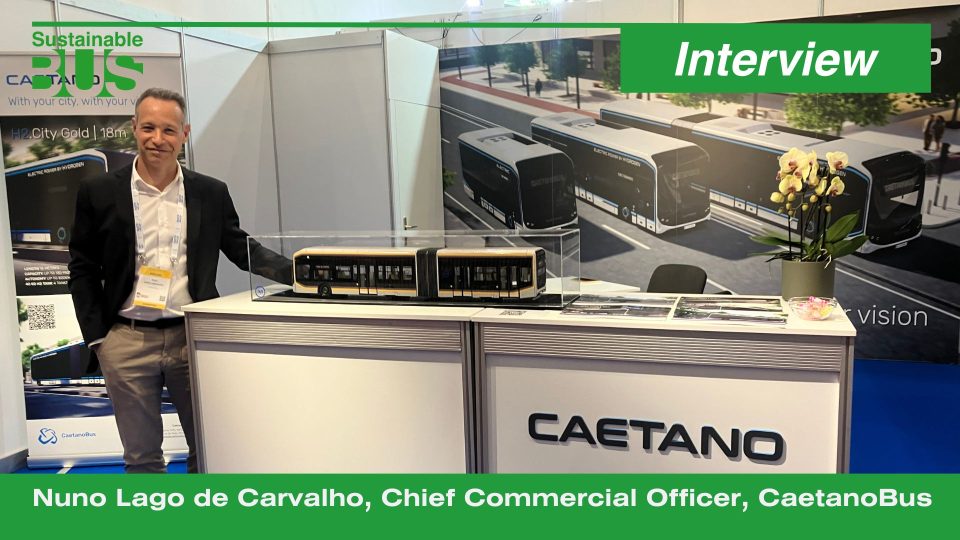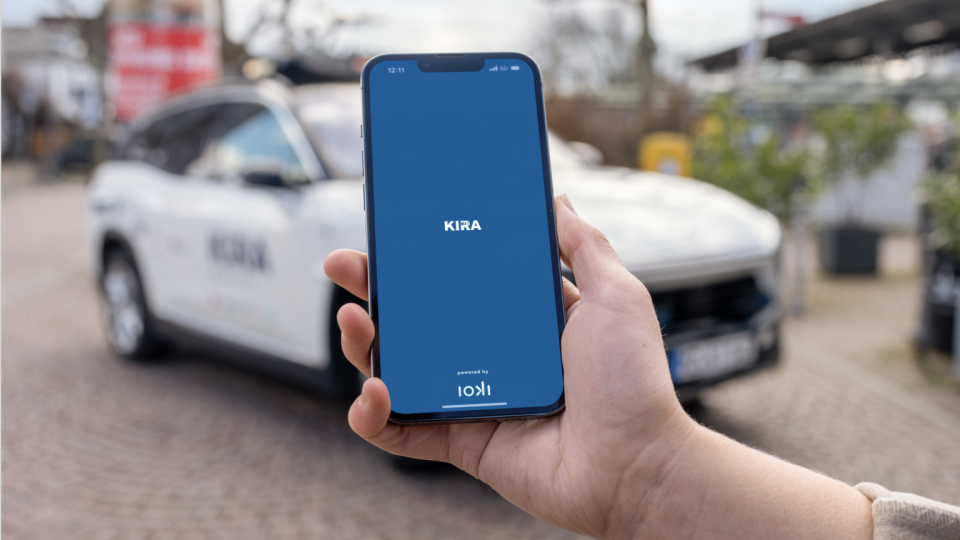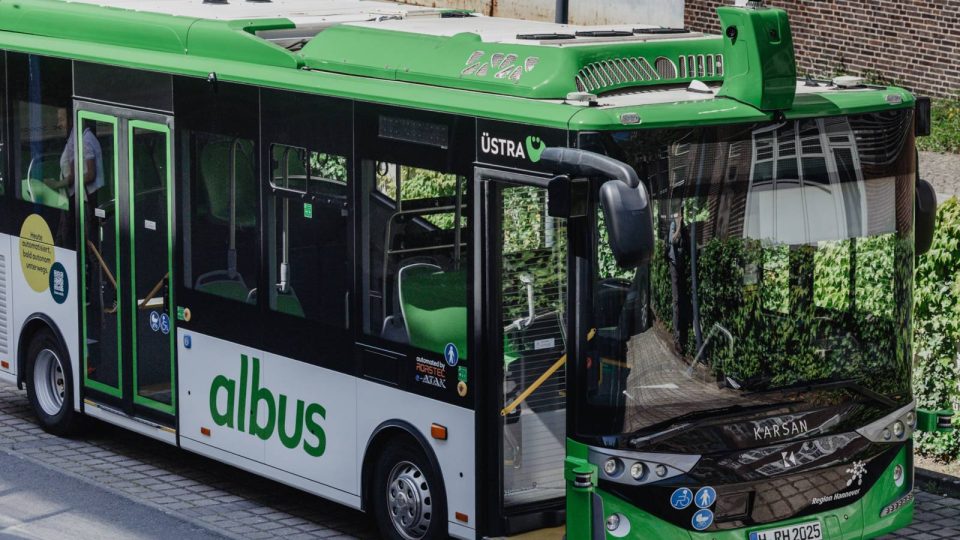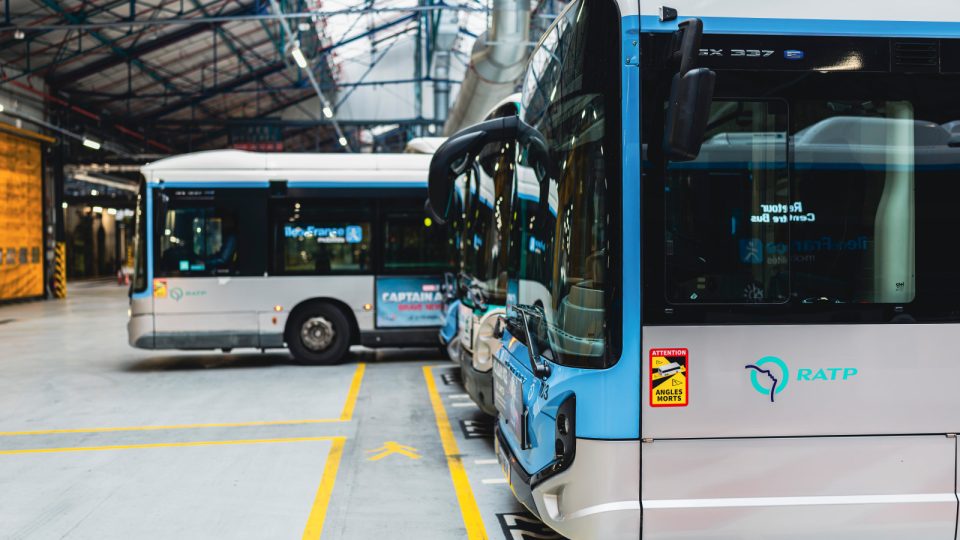Anthea Greco: how Via helps PTOs introduce on-demand technology and increase efficiency of mobility offerings
Headquarters in New York, one hundred employees in Europe divided between the London, Paris and Berlin offices, one CEO Europe (Chris Snyder). Via Transportation is a tech company whose core business is helping to increase public transport efficiency through the use of data and on-demand transport management. Anthea Greco is Head of Partnerships Southern Europe. […]

Headquarters in New York, one hundred employees in Europe divided between the London, Paris and Berlin offices, one CEO Europe (Chris Snyder). Via Transportation is a tech company whose core business is helping to increase public transport efficiency through the use of data and on-demand transport management. Anthea Greco is Head of Partnerships Southern Europe. We interviewed her.
Via: the focus on efficiency in public transport
Let’s start with the basics, briefly. What does Via do?
“Via acts as a technology partner for public transport companies with the goal of building the most efficient, fair and sustainable transport network possible, with the aim of lowering public transport costs and providing transport options that rival the convenience of a personal car. Our offer consists of two products. The first is the Remix software, which we acquired last year, and deals with harnessing data to plan transport networks as efficiently as possible. Via aims to provide an end-to-end solution, starting with planning and ending with the provision of flexible solutions, in an integrated way. And this is where on-demand services come in, which is our second product“.
We’ll be back on this shortly. Let’s clear the table right away: can Via be considered a MaaS operator?
“MaaS is an interesting concept, but if users do not have access to reliable and convenient public transport services, the value of any MaaS platform is limited. People often talk about MaaS as a magic solution for the transport world, but in fact it requires, first and foremost, a good efficiency of the network. We help cities with our software to fill gaps in existing public transport networks, usually with on-demand transport solutions integrated with local fixed line services“.
What kind of technologies do you use?
“The company has gradually developed and improved the algorithms and technology to assign a travel request to the most appropriate vehicle to this request. The vehicle’s route is then adapted according to the travel requests received. All in real time. In this way we support the management of on-demand services. It is possible to work with assignment windows: the application confirms to the customer, who has requested a trip, a time slot within which the trip will be made, then aggregates the request with other requests and informs the user of the exact time of the trip“.
Any examples of transport operators you are working with?
“We manage, for example, the on-demand service of the city of Madrid. We have also a partnership with BVG in Berlin. In Italy are launching a rural on-demand service with Arriva Udine, a flexible urban transport service with Trieste Trasporti, and a further service with ATAP Pordenone, in the north-east of the country. Still in Italy, we have also concluded an agreement with the Piedmont agency to launch flexible services in the region”.
The operator Go-Coach, in Kent, ran a fixed line with seven vehicles, which often ran empty. They wanted to replace the fixed route with an on-demand service, and we were able to reduce the number of vehicles to four, at the same time increasing the number of users by 122% and reducing the driving time by 62%
Anthea Greco, Head of Partnerships Southern Europe, Via
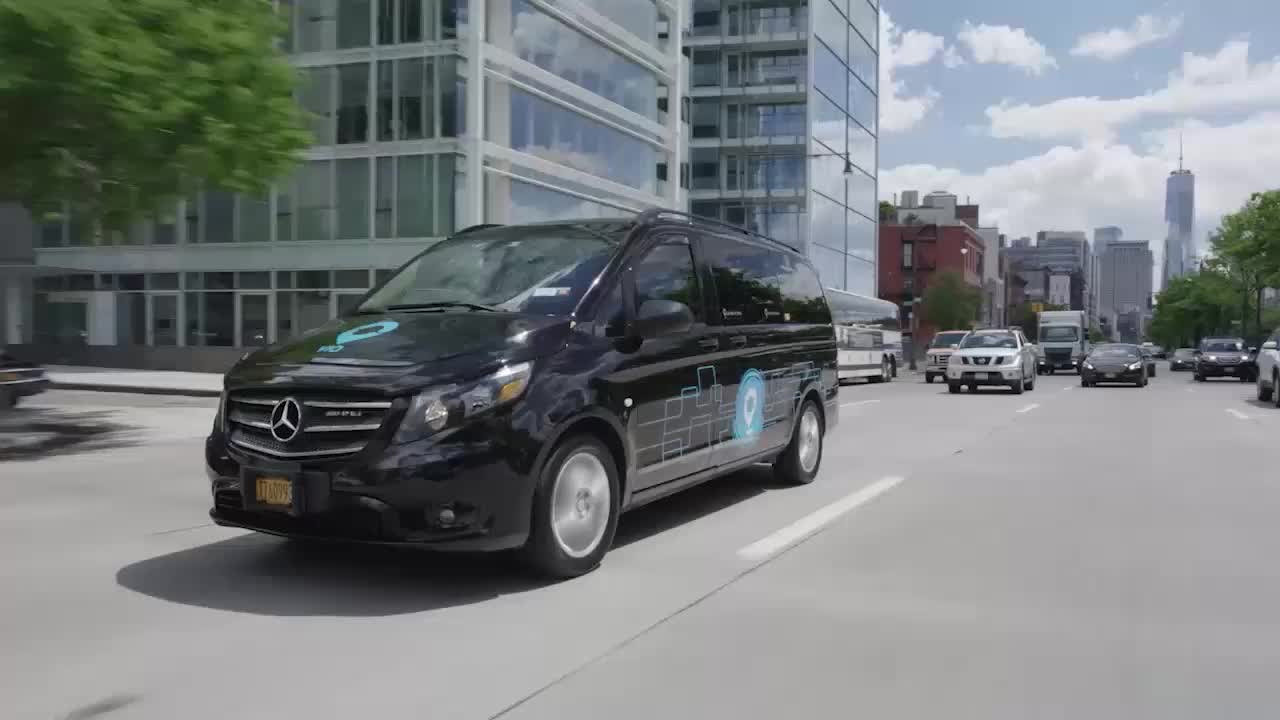
Via and the relation between on-demand transport and mass transit
What kind of relationship do you see, also in terms of the future, between fixed-line public transport and on-demand transport?
“We see on-demand transport as an integral part of a public transport system. Mass transit makes a lot of sense on main routes and at peak times. But we believe that in other areas or at other times of the day, as well as for the last mile, integration with more flexible forms of transport is necessary. The offer for the user, in any case, must be integrated”.
A concrete example on the subject of efficiency?
“I could make the example of a service we implemented in UK with Go-Coach, in Kent. The operator ran a fixed line with seven vehicles, which often ran empty. They wanted to replace the fixed route with an on-demand service, and we were able to reduce the number of vehicles to four, at the same time increasing the number of users by 122% and reducing the driving time by 62%”.
On-demand transport mainly for rural areas or also in metropolitan areas?
“Rural transport is among the relevant use cases. Aggregating requests saves a lot of mileage costs. But another crucial case is the first or last mile: in some cities we implement on-demand services in specific areas with the aim of facilitating access to a station and integrating these areas into the city’s mobility system. But I could add three more types of use case”.
The national contract for public transport in countries like Italy does not contemplate the possibility of flexible services and does not require technologies to improve the transport offer. Another problem is that public transport services are usually paid according to the number of kilometres operated, so reducing the number of kilometres is not an incentive for operators. These are systemic challenges. In other countries these rules have been changed, in Germany for example they have changed the regulations by introducing demand-responsive transport into the legislative framework.
Anthea Greco, Head of Partnerships Southern Europe, Via
Via and the use cases for on-demand transportation
Please.
“First of all, school transport: in the Loire region in France, we run a portal on which parents, at the beginning of the year, book their children’s rides by indicating their home and school address and our planning system calculates the optimal routes. Secondly, transport for the disabled: in Italy there is a tendency to consider transport for the disabled as part of regular transport, while in other countries there is a dedicated service (both medical and regular): being able to book a door-to-door service makes it possible to increase usability for these categories of users. Finally, employee transport: CNH Industrial is among our customers, we manage home-to-work transport both in Turin and Modena“.
A question on the business model, and consequently on pricing. What is the typical business model? Do you have a revenue share on ticketing?
“We are a technology provider and offer Software as a Service. Our customer, the operator, pays us for the service usually based on the number of vehicles. The service is financed through the funds the operator has available within the public transport contract with the PTA”.
You have announced an agreement with Iveco Bus to ‘discussing the possibility of developing future mobility solutions – from demand-responsive transportation powered by alternative energies to autonomous public transport’. Can you give us a few more indications on what you are going to do together?
“Via technology will be available to all Iveco Bus customers at special conditions. Via will thus become the official partner of Iveco Bus for on-demand transport and transport planning“.
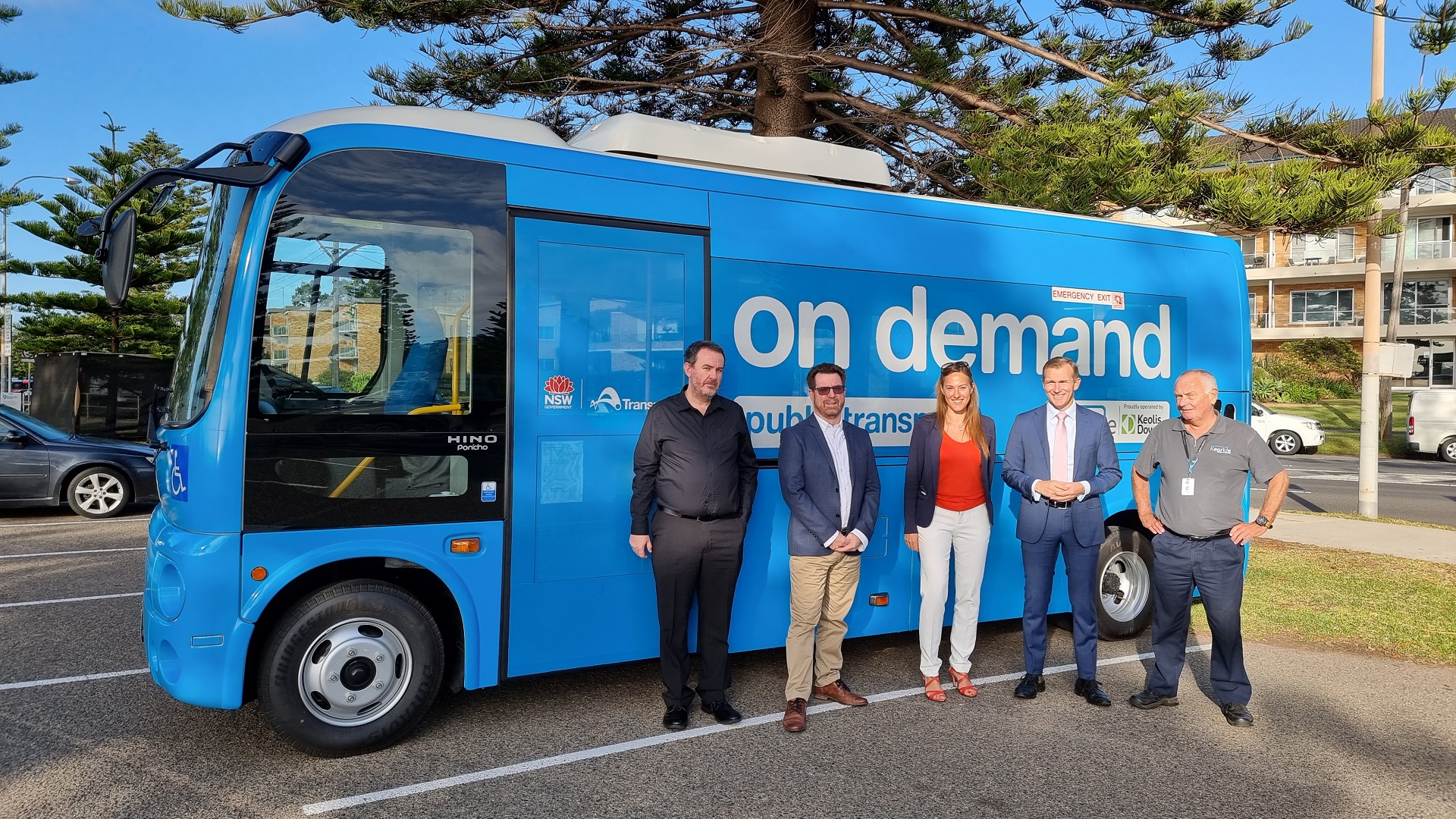
On-demand services, challenges and funds
Main challenges for the implementation of on-demand services?
“The main problem is that the national contract for public transport in countries like Italy does not contemplate the possibility of flexible services and does not require technologies to improve the transport offer. Another problem is that public transport services are usually paid according to the number of kilometres operated, so reducing the number of kilometres is not an incentive for operators. These are systemic challenges. In other countries these rules have been changed, in Germany for example they have changed the regulations by introducing demand-responsive transport into the legislative framework. Then there is the issue of funding…”.
…which do not concern the world of flexible transport.
“In many countries, such as Italy, there are many funds focused on MaaS and energy transition. But we see a lack of specific resources for on-demand transport. In other countries it is totally different: in France we have seen call for tenders specific for on-demand transport technologies“.




